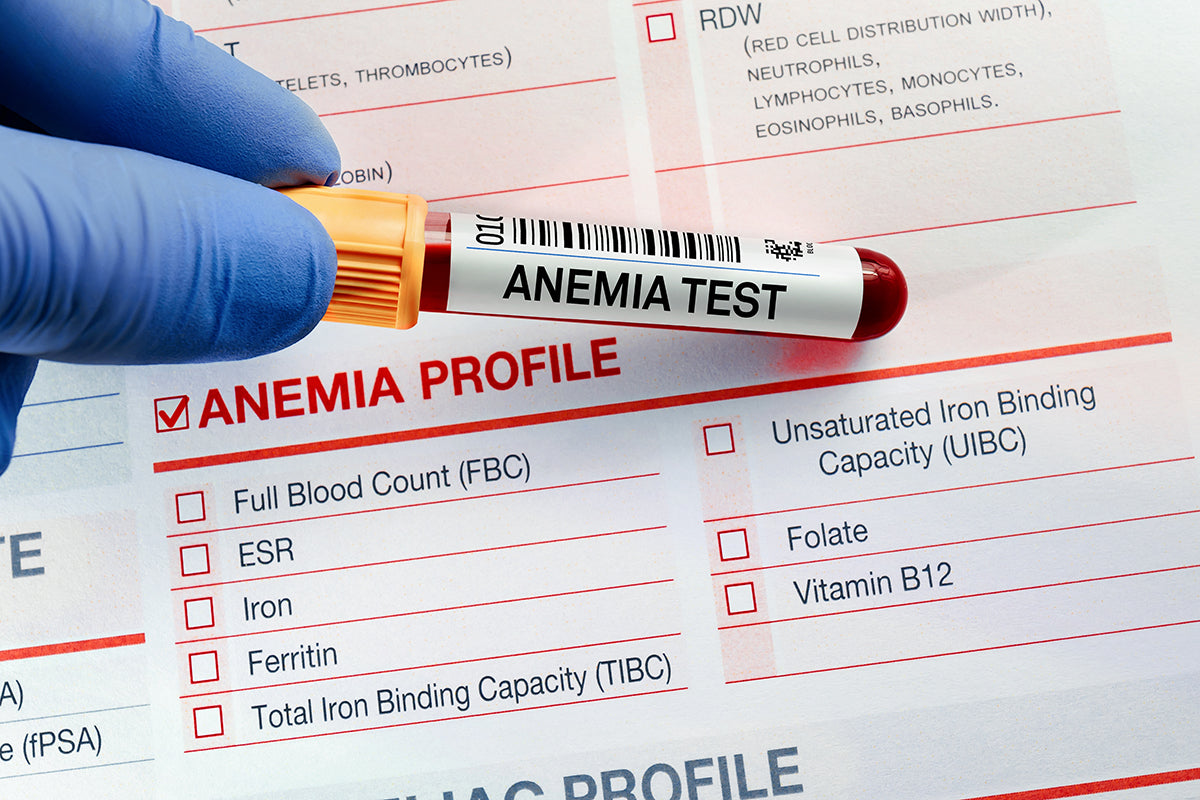
Microcytic anemia: when erythrocytes don't have enough HbA1c
|
|
Time to read 3 min
|
|
Time to read 3 min
Microcytic anemia is a type of anemia characterized by red blood cells that are smaller than normal. It is usually caused by a hemoglobin deficiency.
Anemia is defined as a decreased number of healthy or normal red blood cells, a reduced concentration of hemoglobin in the blood, or a hematocrit value (average values range between 41–53% in men and 36–46% in women) that is lower than normal.
Red blood cells are the most abundant cells in the blood, and their function is to capture oxygen and transport it to various tissues throughout the body. This function is performed through hemoglobin, their main protein, which binds oxygen to iron atoms to allow its transport through the blood. Anemia creates difficulties in oxygen distribution to all the body's cells, as the reduction in red blood cells leads to this dysfunction.
In the case of microcytic anemia, low hemoglobin levels cause problems in binding and transporting oxygen to different tissues. Consequently, in addition to being smaller than normal, red blood cells in microcytic anemia are also hypochromic, meaning they appear paler due to a lack of hemoglobin.
The most characteristic symptoms of microcytic anemia include:
The main causes of microcytic anemia include:
The main risk factors for microcytic anemia include:
Blood tests are the most commonly used method to diagnose microcytic anemia. These include:
Additional tests often include measuring iron, vitamin B12, and folate levels in red blood cells.
Since microcytic anemia has multiple causes, treatment aims to address the specific underlying cause. For example, if the cause is iron deficiency anemia, treatment involves the administration of iron supplements.
The risk of developing microcytic anemia cannot always be reduced because its development involves many factors, some of which are challenging to address.
However, iron deficiency is the most common cause of microcytic anemia. Thus, following a balanced and varied diet that includes iron-rich foods can help prevent microcytic anemia.
Microcytic anemia is a type of anemia characterized by red blood cells that are smaller than normal. It is usually caused by a hemoglobin deficiency.
Low hemoglobin levels cause problems in binding and transporting oxygen to different tissues.
Pale skin, dizziness, and fatigue are some of the most characteristic symptoms of microcytic anemia.
Poor diet, iron deficiency, and family history are the main causes of microcytic anemia.